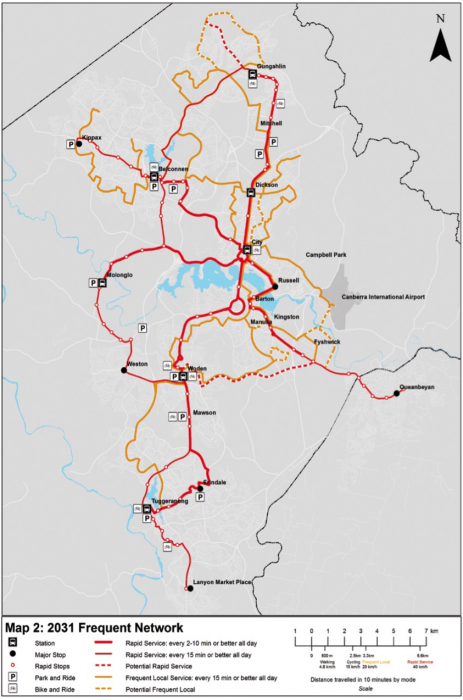Here are some things that happen whenever a big bus network redesign is first proposed to the public. They are happening in the Dublin network redesign process right now, but to some degree they’ve happened on every project I’ve done over my 25-year career.
- People assume that the plan is more final than it is, so they feel they need to gather forces in angry meetings and attack us, when in fact we want their detailed comments so we can address them.
- We consult the public about the plan and they tell us, as we’re consulting them, that we’re not consulting them. (This is an understandable consequence of the previous point; people assume they’re being told when in fact they’re being asked.)
- People say that while we’ve consulted some people, we haven’t consulted everyone in the right way. (This is an understandable complaint, and often a valid one, but we will always get it no matter how much consultation is done. People rely on so many different information sources, and need things explained in so many different ways, that reaching everyone the right way is a potentially infinite task.)
- Some people hear only that “there won’t be a Route 54” and begin holding rallies to “Save the 54,” without knowing or caring what service is proposed to replace the 54. (Sometimes we’re just changing the number!)
- Media headlines often inflame this confusion, with headlines about bus lines being “scrapped”.
- People attack the whole plan because one local detail isn’t right. (Many of the details that people are outraged about in Dublin are fixable, now that we have heard about them. That’s why we’re consulting you about it now, to help us get the details right!)
- Unions representing bus drivers, understandably seen as experts in some circles, will often put out their own messages tied to their own interests.
- People attack the consultant. (It’s not the first time my tiny 10-person firm has been called “corporate.”)
- Some sympathetic person explains to me that people in their city or country are just crazy in some way, and I assure them that no, this is what happens everywhere, from Russia to the US to New Zealand, when a proposed network redesign comes out. Because what everyone is doing is completely understandable in their situation.
Here, for example, is a deep dive into a current network redesign in Canberra, Australia (which I helped lay the groundwork for years ago). You will see all of the themes I’ve listed.
What’s happened next, in all my projects, is that we collected the comments and fixed what was fixable, which turned out to include most of the details that had most inflamed people. In most cases that addressed enough concerns that the plan moved forward and was a success. It solved the problems it was meant to solve, and once people got used to it many of them discovered that it wasn’t as bad as they thought.
That doesn’t always happen, though. Sometimes elected leaders panic at this point and stop the plan, leaving all of the existing problems in place.
For me, there’s a reason to be happy about all the controversy: It means people care. The least controversial projects I’ve done were in very car-oriented places where few people (and no powerful people) cared what the buses did. I would much rather be dealing with controversy.
The key thing is not to panic when we hear outrage at this stage of the process. While was it was especially inflamed by misinformation in Dublin’s case, it’s a normal phase in the conversation.
And again, that doesn’t mean we’re not listening. The whole point is that we are listening, so we can make the plan better.
[Note: I will be mostly away from the internet, until the 20th August.]

